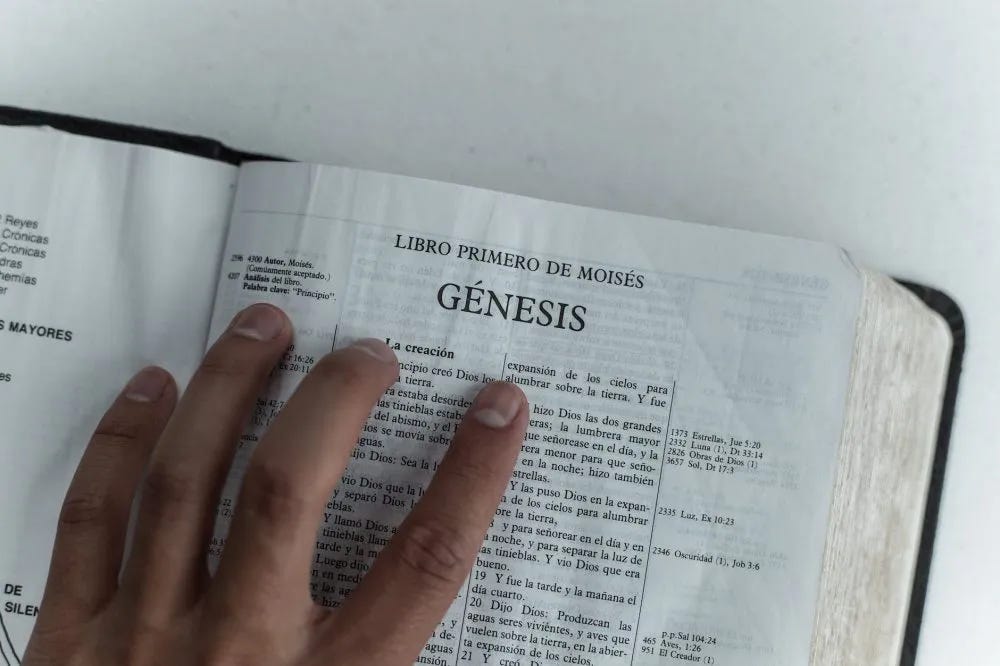Remember the song, “What The World Needs Now Is Love Sweet Love?”
The homosexual community claims the modern version of this tune. They demand that everyone love them. They even dictate the terms and expressions of the love that they require from us. According to their beliefs, everything would just go smoothly in society if we just love them, according to their terms of course.
Especially the homosexual community attacks professing Christians and Church for a lack of love from Christians toward homosexuals. Their assaults against Christians emphasize its necessity. The attacks opine that since Jesus loved and welcomed everyone equally, then his followers should follow his example and love homosexuals, too.
Frequently, the LBGTQ community mischaracterizes Christ and attacks Christians with these false narratives. The homosexual community then verbally accuses them of failure to act like the erroneous Christ they have portrayed. These denigrations divert attention from the truth as revealed in the Bible regarding Jesus and homosexuality. Sadly, verbal assaults upon Christians have increased in frequency and fervor. They dominate the discussion instead of conversation on Biblical truth.
The homosexual community despises the phrase, “…hate the sin, love the sinner.” Yet, Jesus, whom they love to quote out of context, proved this statement in his ministry. Jesus combined compassionate love for people and correction for their sins.
Take, for example, his encounter with the rich, young man recorded in Mark 10.17-22. This young man came to Jesus with a question: “What must I do to inherit eternal life?” Jesus replied by quoting several provisions from God's law as recorded in Exodus 20.1-17. The young man responded that he had kept each of those laws from his youth.
Next, the text says that Jesus looked at him and loved him. (Mark 10:2) Then, Jesus described a plan of action for the young man that identified his sins that God hates and prevented him from obtaining the eternal life he sought. Jesus loved the sinner but hated his sin, which condemned man.
In another example, he forgave the woman taken in adultery but warned her to go and sin no more. (John 8:1-11)
Again, Jesus met a man at the Pool called Bethesda. The crippled man had suffered his infirmity for 38 years. He sat near the pool where the infirmed sat waiting for a healing movement in the pool from God. The first person into the pool received healing. He could never get into the pool first. Jesus came to him and healed him of his malady. Later, Jesus met him in the temple and warned him to sin no more lest a worse condition befall him. (John 5:1-14)





